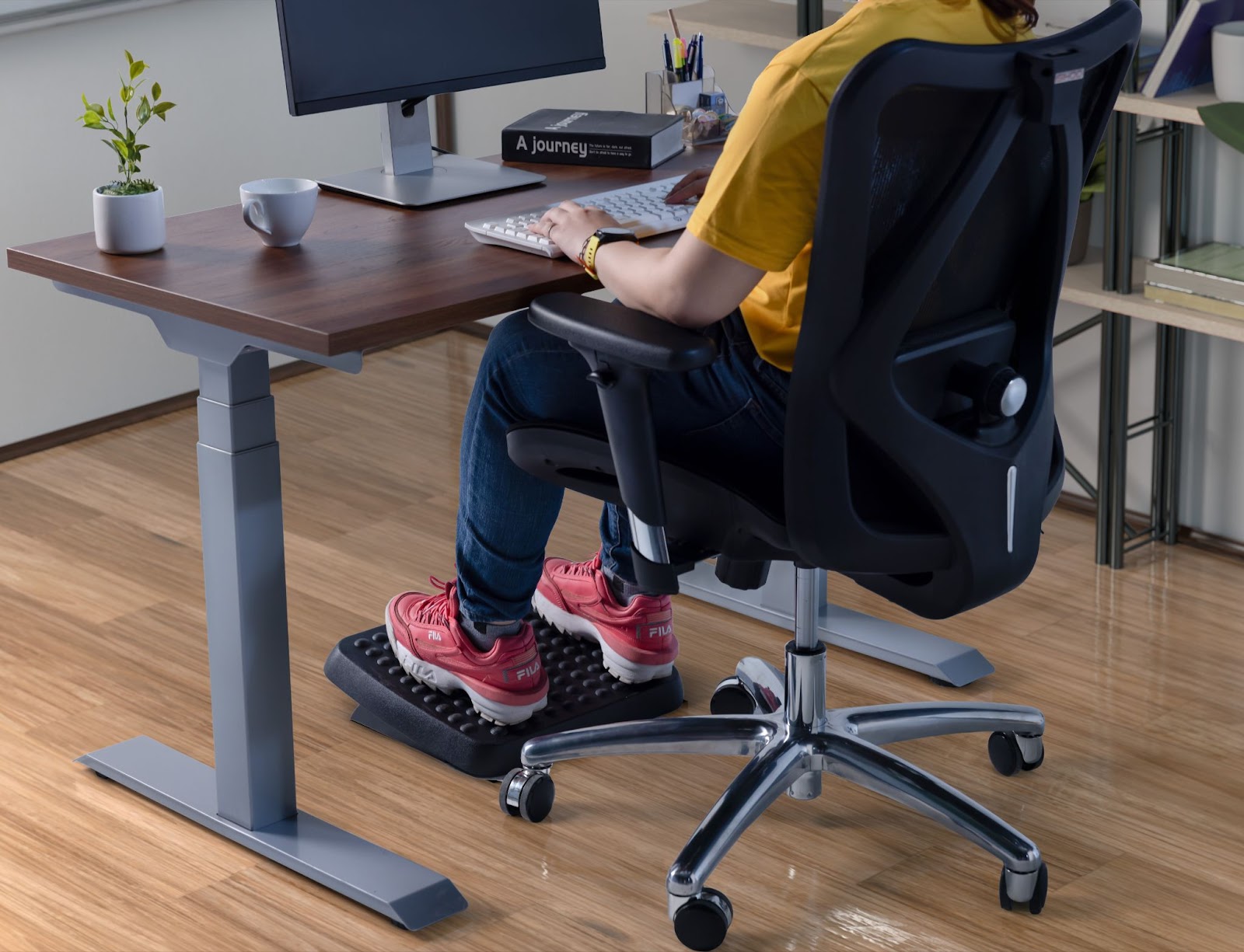Singapore Ergonomics Requirements
Under the Workplace Safety and Health Act (WSHA), it is one of the many duties of the employer to ensure that reasonably practicable measures are taken as necessary to ensure the safety and health of his employees at work. It also includes providing and maintaining for those persons a work environment which is safe, without risk to health, and adequate as regards facilities and arrangements for their welfare at work. This is the reason why ergonomics at the workplace needs to be looked at.
One of the key challenges for the present Work From Home situation would be setting up an ergonomic workstation. This could be understood with guidance documents such as Workplace Safety and Health Guidelines, Improving Workplace Ergonomics and the Singapore Standard SS 514: 2005 Code of Practice for Office Ergonomics. With these, employers can have an insight on conducting a risk assessment effectively. They can also know how to set up an ergonomics programme.
Singapore Environmental Health and Safety Requirements
All companies based in Singapore are to abide by the Workplace Safety and Health Act (WSHA) and it’s subsidiary legislations. The Workplace Safety and Health (Risk Management) Regulations requires all employers to conduct a risk assessment to identify hazards. Hazard here means anything with the potential to cause bodily injury, and includes any physical, chemical, biological, mechanical, electrical or ergonomic hazard. As a minimum, all risks assessments must be reviewed at least once in three years. Given the current situation where Work From Home has been the new adaptation for most companies, It would be more relevant to ensure that the risk assessments are updated accordingly. This is to ensure that companies are legally compliant as well as well prepared as part of a Business Continuity Plan.
The Workplace Safety and Health (Incident Reporting) Regulations requires mandatory reporting to the Commissioner of Ministry of Manpower (MOM) within 10 days of contracting an Occupational Disease, which includes musculoskeletal disorders of the upper limb as it is named in the list of reportable occupational diseases.
Current Legislation
As of 1 September 2020, employers are required to meet the revised requirements of the Work Injury Compensation Act (WICA 2019) . Previously, employers were to report all occupational diseases as well as any work injury that leads to death, with more than 24 hours of hospitalisation, or more than 3 days of MC. Now employers must report the accident to MOM, if the worker suffers from the following:
- Work injury that leads to
- Outpatient /Hospitalisation Leave; or
- Light duties; or
- Death
- Occupational disease
What can you do as an Employer to ensure compliance?
Conduct a risk assessment for the business operations
- Address all foreseeable risks and hazards pertaining to change in the way the business is run, i.e. Work From Home
- Include Human Factors as part of the risk assessment
Business Continuity Plan
- Return to Work Policy
- Emergency Response Plan to include COVID-19 scenario
- Flexible work arrangements
Communication channels
- Regular update to staff on updates on work arrangements or other useful information via appropriate channels, i.e. Intranet, emails, virtual townhall meetings, etc.
To learn more about setting up an ergonomics programme or support with staying legally compliant, reach out to Fit for Work to talk about how we you can stay on top of the game.



